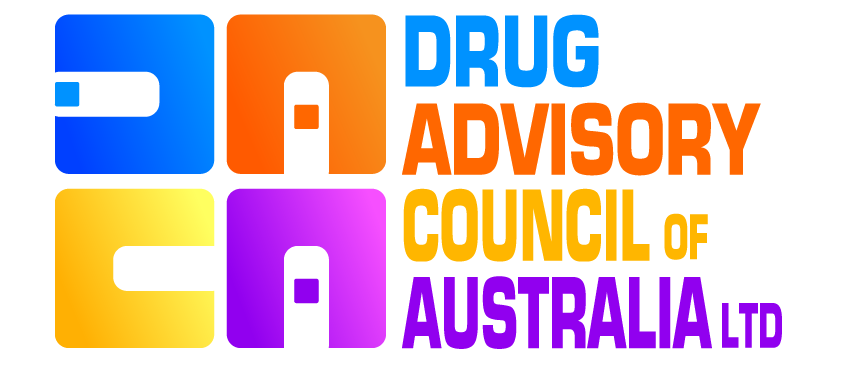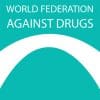Whilst OTC opioid issue in this article refers to the US current issue, the Australian context is beginning to catch up!
Nora D. Volkow, M.D., and A. Thomas McLellan, Ph.D.: N Engl J Med 2016; 374:1253-1263 March 31, 2016DOI: 10.1056/NEJMra1507771
However, two major facts can no longer be questioned. First, opioid analgesics are widely diverted and improperly used, and the widespread use of the drugs has resulted in a national epidemic of opioid overdose deaths and addictions. More than a third (37%) of the 44,000 drug-overdose deaths that were reported in 2013 (the most recent year for which estimates are available) were attributable to pharmaceutical opioids; heroin accounted for an additional 19%. At the same time, there has been a parallel increase in the rate of opioid addiction, affecting approximately 2.5 million adults in 2014. 9 Second, the major source of diverted opioids is physician prescriptions.10, 11 For these reasons, physicians and medical associations have begun questioning prescribing practices for opioids, particularly as they relate to the management of chronic pain. Moreover, many physicians admit that they are not confident about how to prescribe opioids safely, 12 how to detect abuse or emerging addiction, or even how to discuss these issues with their patients. 13
Read Complete Paper



